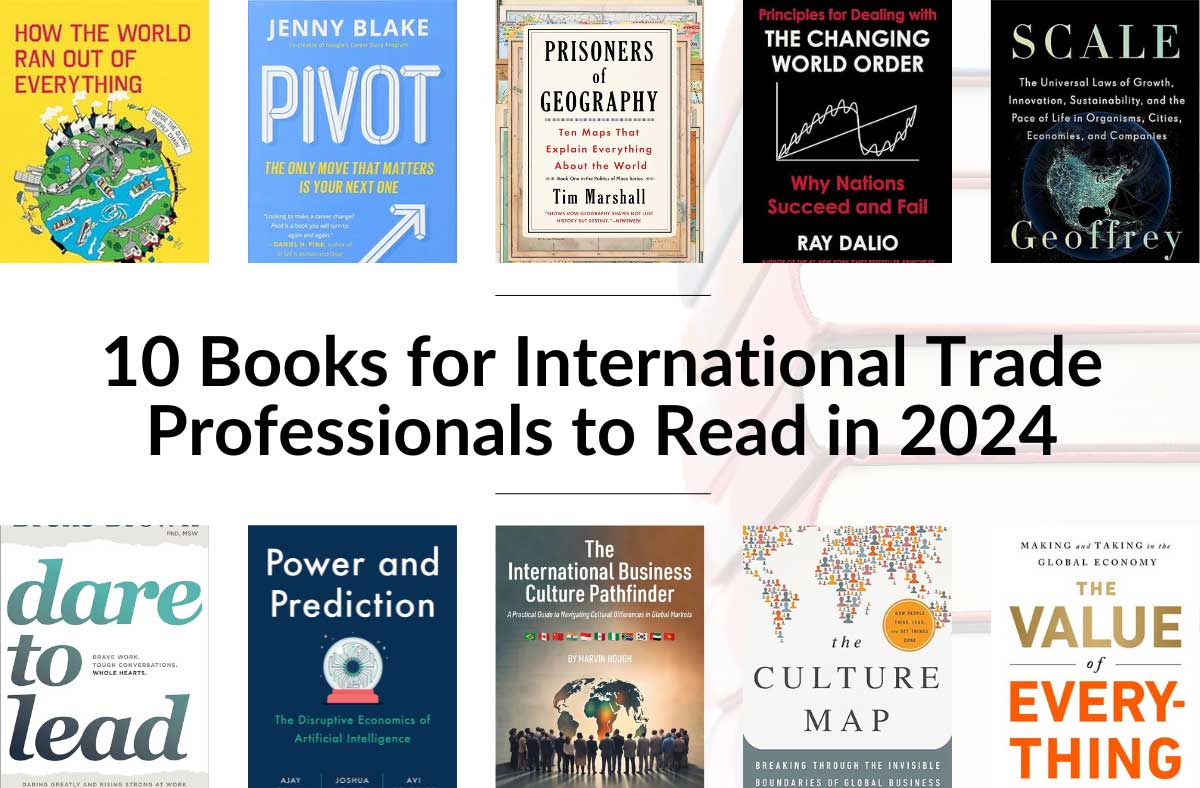
From the tale of the tortoise and the hare, to the African proverb which counsels eating the elephant one bite at a time, we’re conditioned to tackle challenges with consistent and deliberate effort.
That conditioning and mindset, though, has both positive and negative implications to companies’ global growth plans.
Of course it’s important to avoid rash moves which could jeopardize a company, or even impinge on other important, strategic projects and core business. But it’s also often easy to rationalize hesitance, or to justify an excessively timid and incremental approach to growth, based on “prudence.”
Sometimes bigger, bolder steps are essential for global growth.
The advantages of grinding it out organically
Most small and medium size companies approach international expansion with the assumption that they will build their sales one customer and one partner at a time. It’s an understandable assumption, since most export support resources start with that bias as well.
Advice on finding customers and distributors is common, and implicitly validates the presumption that organic growth is “the right way” to go global.
The organic growth model offers SMB’s some clear advantages.
It is inherently incremental. It allows companies to step into exporting generally, and specific markets gradually; with minimal investment and correspondingly low risk.
Where traditionally market selection required extensive research and, ultimately, a best guess, today’s digital marketing allows companies to incrementally take their market opportunity cues from tangible data such as the flow of traffic, leads, projects and customers, which they generate remotely.
For many small and lower-middle market businesses, this approach is also the most viable one. Whether $2 or $20 million, companies are cautious about making a large greenfield investment in entering a new market, so most SMB international expansion tends to be organic growth.
The stagnation and frustrations of the organic growth model
Of course, there’s a flipside to the gradual and incremental nature of organic growth. It takes a long time and a lot of hard work to move the needle.
Growing one customer at a time at home requires patience and a long-term perspective.
Doing it internationally, with the attendant frustrations, longer selling cycles, and resource requirements of travel and management attention, magnifies the need for patience and a long-term outlook.
Market-based factors also confound organic growth approaches in certain cases. For instance, commercial success in some markets follows long-term relationship building. Companies often require a certain length of time, number of projects worked and degree of cultural exposure to begin to understand buying habits and value proposition for products in new markets.
Regulatory idiosyncrasies of markets may also act as a drag on organic growth efforts.
You can accelerate international growth with an inorganic approach
Assuming a company can scale rapidly to meet demand (manufacturing/service delivery, working capital, etc.), there’s another option which doesn’t get as much middle market attention as it should.
Inorganic growth, expansion through M&A (merger and acquisition), or other ownership activity such as JVs (joint ventures) afford acquiring companies the opportunity to “bolt on” a going concern in a market.
That immediately provides:
• revenue
• profit
• existing relationships
• captive customers for horizontal sales
• in-house market savvy
• regulatory infrastructure
• brand equity
• sales, customer service and logistics infrastructure
In other words, it’s an instant foreign market business.
Many assume this is only the domain of the F1000.
While the most widely discussed transactions are the mega deals, there’s nothing that limits middle market, or even small companies, from such activity.
In fact, sitting in a hotel lounge in Abuja several years ago I met a Chinese-born American attorney from New Orleans whose specialty is due diligence on foreign acquisitions by U.S. companies with less than USD $10MM in revenue!
That’s a niche for sure, but proof positive that small and lower end middle market companies can use the approach as well.
SMB’s need to change their perspectives and mindsets
Much like exporting and international sales itself, the biggest barrier to inorganic growth is often mindset. American SMBs don’t typically consider acquisitions or JVs as a path to growth.
In contrast, companies from other countries are more commonly predisposed to international sales expansion, and according to data recently published by MergerMarket & Mazars:
• 50% of global middle market companies plan to make a foreign acquisition over the next three years
• 34% anticipate making at least three acquisitions
• 73% say that “access to a proven business model is the key driver of their acquisition strategy”
They plan to not only “buy” new customers, often paying for the acquisition largely with the accretive earnings they acquire, but further buy a strong business with a track record of success in a market which would take them time, energy, and costly mistakes to penetrate and develop.
Bank of America’s 2015 CFO Outlook found that CFOs cite “in market subsidiaries as the most popular vehicle for international expansion.” Building those from scratch is generally slow and speculative – acquiring them solves both problems.
A transaction can also unlock strategic opportunities.
In Brazil, for instance, tariff barriers make market entry from abroad extraordinarily difficult. Often a local assembly partnership is an important element of a market entry plan which avoids the competitive disadvantage of high duties.
I wrote recently about how the current chaotic state of the Brazilian economy is creating an environment of distressed valuations among established companies with unexpected liquidity challenges.
It could be a great time to enter the market – and a transaction could be a fabulous way to do so.
Be sure to manage the risk
Acquisitions can be complex and there are many stories of deals which went sideways – even domestically. Some research indicates as many as 70-90% fail.
International considerations complicate the upfront due diligence, and the cultural and business integration which follows the transaction. It’s not appropriate for every company or market.
It demands a well-developed corporate strategy, clear market objectives, an acquisition profile, and talented advisors and investment bankers.
Companies which are committed to long-term global growth, have some foreign market experience, and weigh the opportunity cost of missed opportunities resulting from gradual market entry will find that it’s an important growth strategy to consider.
Have you considered inorganic expansion strategies for your SMB? What inorganic tactics have you used to foster international growth?








disqus comments